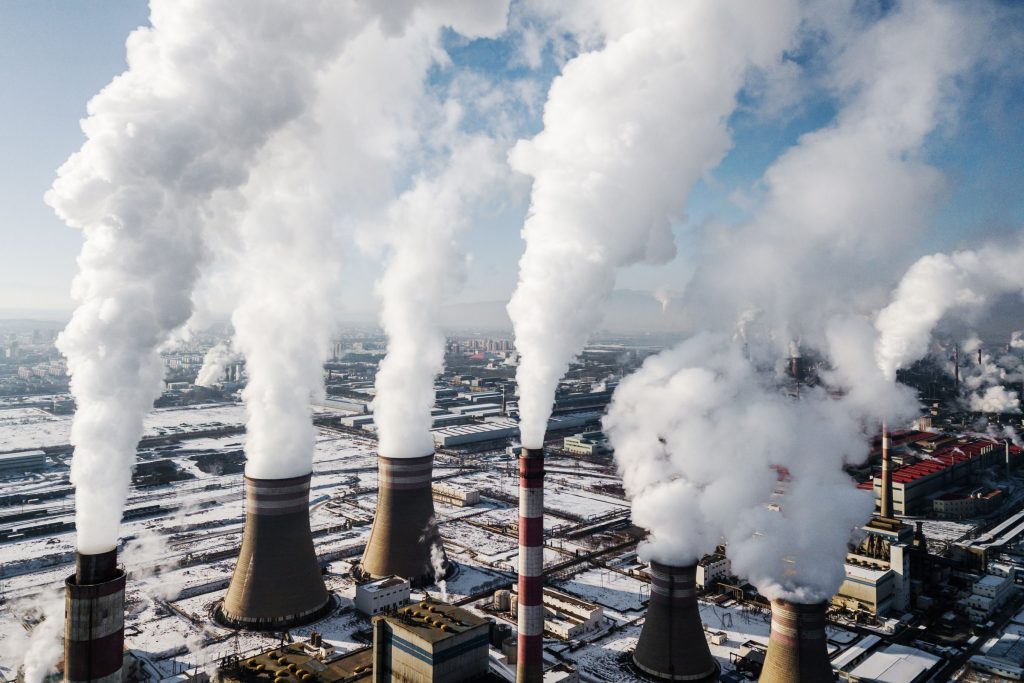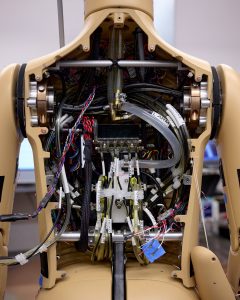Misguided Climate Financing
2 min read
Climate Finance Is Targeting the Wrong Industries
Climate finance, the allocation of funds towards projects and initiatives that aim to mitigate climate change, is a crucial part of the global effort to combat the climate crisis. However, recent analysis suggests that much of this finance is currently being directed towards industries that are not the biggest contributors to greenhouse gas emissions.
According to a report by the environmental organization CDP, the majority of climate finance is currently going towards industries such as renewable energy and electric vehicles, which are important in the transition to a low-carbon economy but are not the primary drivers of climate change. Meanwhile, sectors such as agriculture, deforestation, and heavy industry, which are responsible for a significant portion of global emissions, are receiving far less funding.
This misallocation of climate finance is concerning because it means that the industries that most urgently need to reduce their emissions are not receiving the support they need. Without targeted investment in these high-emitting sectors, it will be much more difficult to achieve the emissions reductions necessary to limit global warming to safe levels.
Experts argue that a shift in focus towards financing projects in these high-emitting industries is essential if we are to have any hope of effectively addressing the climate crisis. They also emphasize the importance of ensuring that climate finance is used in a way that is both transparent and accountable, so that funds are directed towards projects that will deliver real emissions reductions.
It is clear that climate finance has a crucial role to play in the fight against climate change. However, in order to be truly effective, it must be targeted towards the industries that are most responsible for greenhouse gas emissions. By rethinking how we allocate climate finance, we can make a real difference in the fight against climate change.





